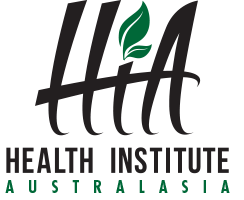Topic 6.08.25 Pranayama
Topic 6.08.25 Pranayama. VERSION CONTROL: 1 August 2017
Yoga recognizes the existence of an energy-body that animates and energises the physical body, with life-force called Prana. This energy-body is charged and vitalised through the practice of Yogic postures and breathing.
The system of Hatha Yoga with its postures and breathing, is to balance and increase the flow of life-force, prana in the body.
Oxygen is appropriated by the heart-lungs respiratory system, and circulates throughout the body via the blood-stream. Life-force, prana, is appropriated by the brain and spinal cord, and circulates throughout the energy-body via the nerves and channels called nadis.
The control and regulation of this life force is termed pranayama.
As soon as the term pranayama is mentioned, some people think they should draw in their breath as much as possible and retain it until the eyeballs bulge and the body perspires profusely and trembles! It is a great mistake to think in this way. It is not recommended that you embark on pranamaya without experienced guidance, however, for those of you who still will, when practising on your own, please practise pranayama separately from asanas, after relaxing in the corpse pose, shavasana.
Pranayama should be started with a simple inhalation and exhalation without retention for a few months. It is always better to breathe through the nose and not through the mouth, except in the special cases of the cooling breath, sitali, and the wheezing breath, sitkari.
After that, one can start retaining the breath for a few seconds, and gradually increase the period of retention to a certain limit.
When that limit is reached, the number of pranayamas is increased, not the duration of retention. Among the different types of pranayamas :
– skull shining, kapalabhati,
– bellows breathing, bastrika,
– hissing breath, ujjayi,
should follow not only evacuation of the bowels, but if possible, a full bath. These are best practiced in the Lotus Seat, padmasana.
Pranayama is often the recommended preparation before:
– ritual worship, puja
– repetition, japa
– affirmation, mantra
– concentration, dharana
– meditation, dhyana.
During the practice of Yoga postures, asanas, the breath should never be retained for a long time.
– It doesn’t matter if you stop the breath for a moment, when necessary, such as when raising your legs to form the plough, halasana, or shoulder-stand, sarvangasana, or while raising your body to form the forward bend, paschimothasana.
Again, during uddhiyana bandha and nauli kriya, the external retention of breath (keeping the breath out) comes about naturally.
Refer to my book: Breathe for Health.
Copyright © 2017 SHANTI GOWANS. All Rights Reserved.
